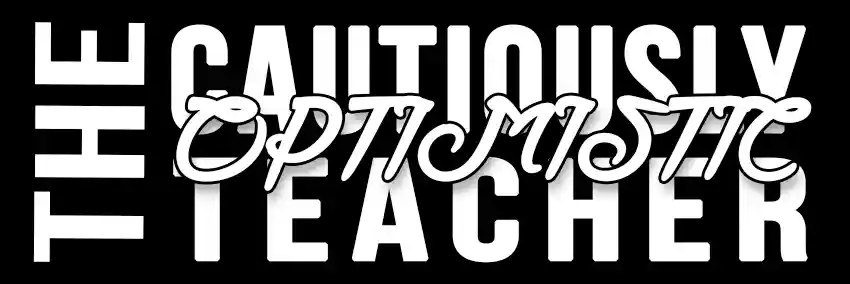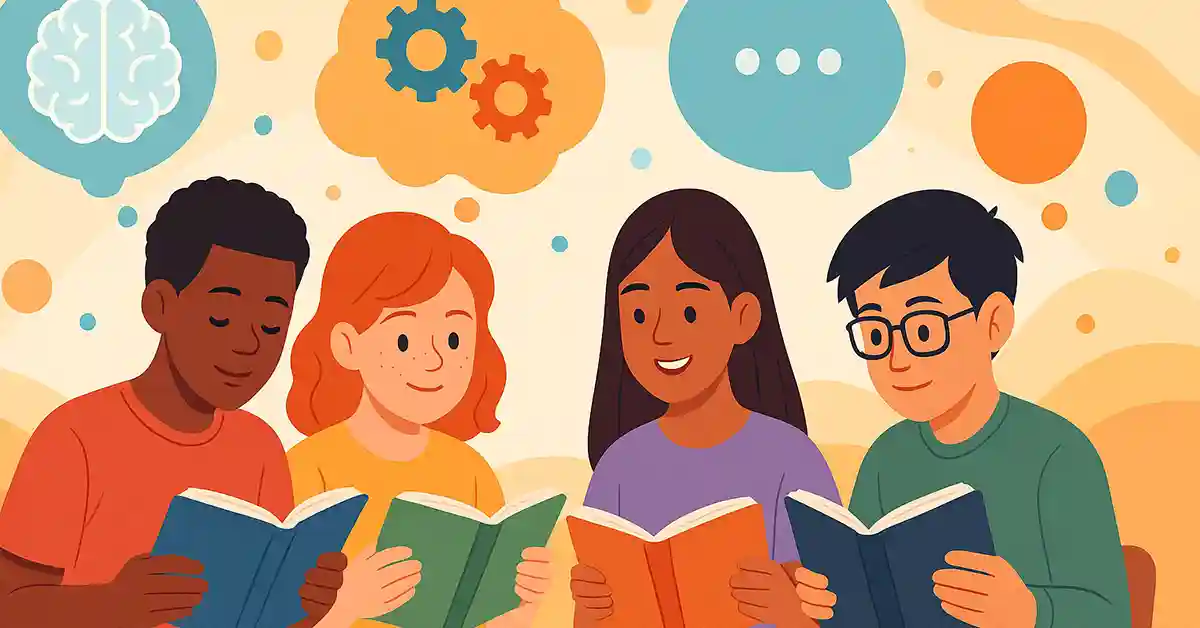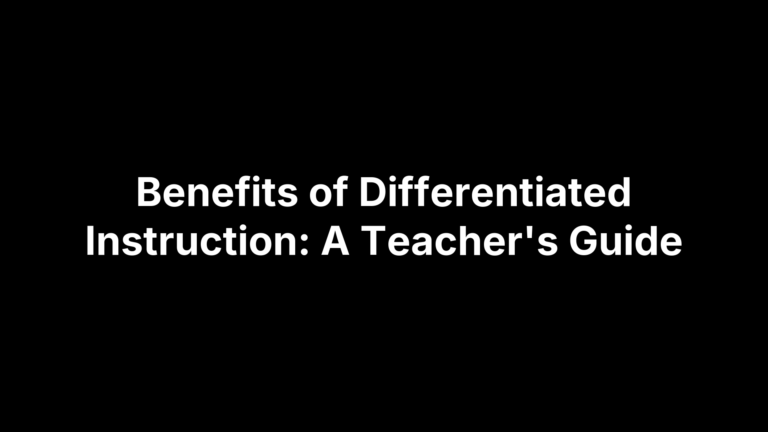Metacognitive Reading Strategies Every Teacher Should Try
I’ve spent two decades watching students zip through pages without really thinking about what they’re reading—like driving on autopilot and missing every landmark. Metacognitive reading strategies switch off that cruise control. They invite students to notice their thinking, steer it intentionally, and arrive at meaning on purpose. In this post, I’ll unpack what metacognitive reading strategies are, why they’re essential, and offer 25 teacher-tested ideas you can start using tomorrow morning (or, if you’re like me, five minutes before the bell rings).
What Are Metacognitive Reading Strategies?
Think of metacognition as “thinking about thinking.” In reading, it’s the ability to monitor comprehension, recognize when meaning breaks down, and select a fix-up strategy. Metacognitive reading strategies are deliberate moves—questioning, predicting, summarizing, and the like—that help students stay aware of their cognitive processes and adjust them as needed. Instead of passively decoding words, students actively manage their understanding.
Why Metacognition Matters in Reading
Boosts Comprehension
Students who track their thinking catch misunderstandings early and repair them before confusion snowballs.Fosters Independence
Metacognitive readers rely less on teacher prompts and more on internal cues—handy during standardized tests and, let’s be real, during any independent reading assignment (hello, silent reading period!).Promotes Transfer Across Subjects
Whether they’re decoding a Shakespearean soliloquy or a science lab report, the same metacognitive habits apply, making these strategies academic “Swiss Army knives.”Builds Confidence
When learners can say, “I got lost, so I reread the paragraph,” they frame confusion as a solvable puzzle, not a personal failure.Encourages Growth Mindset
Reflecting on how they learn shows students that reading ability isn’t fixed; it improves with strategic effort.
25 Metacognitive Reading Strategies to Try
Below is a grab-bag of strategies—mix, match, and adapt to your grade level and content area.
Think-Aloud Modeling
Verbalize your inner dialogue while reading a passage aloud so students hear the questions and connections you naturally make.Annotation Codes
Teach a consistent set of symbols (✔ for main idea, ? for confusion, ! for surprising detail) so students flag their thinking quickly.Prediction Pauses
Stop at pivotal moments and have students jot or chat about what they think will happen next—and why.Clarifying Questions
Encourage students to ask “What confuses me here?” and then seek context clues, visuals, or peer explanations to resolve it.Self-Monitoring Checkpoints
Insert sticky notes that read “Make Sense?” throughout a text; students signal thumbs-up or down at each checkpoint.KWL Charts 2.0
Expand Know-Want-Learn charts by adding an “M” column: Methods I’ll use to learn (preview, dictionary, discussion).Reciprocal Teaching
Rotate roles—summarizer, questioner, predictor, clarifier—so everyone practices multiple metacognitive moves.Graphic Organizers
Use flowcharts or concept maps that require students to visualize relationships, revealing gaps in understanding.Double-Entry Journals
Left column: key quotes. Right column: metacognitive reflections—questions, reactions, or strategy notes (“I visualized this scene”).Chunk & Chew
Break readings into digestible sections and require students to articulate the gist before moving on.Fix-Up Toolkit
Post a toolkit of repair moves (reread, read ahead, look for signal words, summarize, ask for help) and have students point to the one they used.Metacognitive Bookmarks
Print prompts (“I’m confused because…,” “This reminds me of…”) on bookmarks to nudge ongoing reflection.Question-Answer Relationships (QAR)
Teach students to label questions as “Right There,” “Think & Search,” “Author & Me,” or “On My Own,” guiding search strategies.Visualizing Sketch Notes
Students draw quick sketches of imagery or concepts, solidifying mental pictures and exposing unclear points.Vocabulary Self-Selection
Learners flag unfamiliar words, research them, and explain why they matter to the text’s meaning.Exit Ticket Reflections
Ask: “What strategy helped you most today? Where did understanding break down?” Use responses to plan next steps.Metacognitive Conferences
One-on-one chats where students articulate their reading goals, strategy choices, and obstacles.Stop-and-Jot Connections
Use coded sticky notes—T-S (Text-Self), T-T (Text-Text), T-W (Text-World)—to track connections and spot superficial links.Reverse Outlining
After reading, students outline the text’s structure from memory, then compare it to the original, identifying gaps.Self-Questioning Prompts
Provide stems like “Why did the author…?” or “How does this detail support the theme?” to spark internal dialogue.Partner Paraphrase
In pairs, one student paraphrases a paragraph; the other adds or corrects details, ensuring collective clarity.Reading Goals & Strategy Logs
Students set a focus (e.g., “track character motivation”) and log which strategies helped achieve it.Signal Word Spotlight
Teach transitional words (however, consequently) as signposts; students highlight them and predict shifts in meaning.Time-Stamped Summaries
After 5-minute intervals, students write one-sentence summaries; this reveals where attention drifts.Mindful Breathing Breaks
A 30-second pause to breathe and reset attention before tackling dense passages—because a calm brain reads better.
Putting Strategies into Practice
Start Small
Introduce one or two strategies at a time; layering too many can feel like juggling flaming dictionaries.Model Relentlessly
Students learn metacognition by seeing it. Keep demonstrating—even when you think they “get it.”Blend With Content Goals
Tie strategies to curricular outcomes (e.g., use annotation codes while analyzing symbolism in The Giver).Celebrate the Process
Praise strategic effort as much as correct answers. A student who notices confusion and rereads is winning.Reflect & Revise
End units with metacognitive reflections—Which strategies stuck? Which felt clunky? Empower students to tailor their toolbox.
Final Thoughts
Metacognitive reading strategies transform reading from passive absorption into an active, self-directed journey. When students learn to notice their thinking, they unlock deeper comprehension, confidence, and independence—not just in English class but across every discipline that asks them to wrangle text. Try a few techniques this week; your students’ inner narratives (and test scores) will thank you. And if you hear a spontaneous “Wait—I need to reread that!” in your classroom, congratulations: metacognitive mission accomplished.







